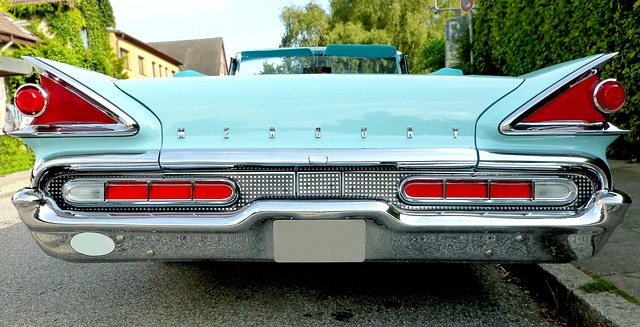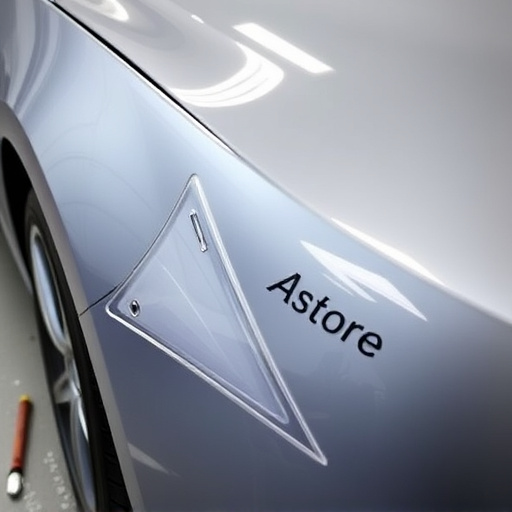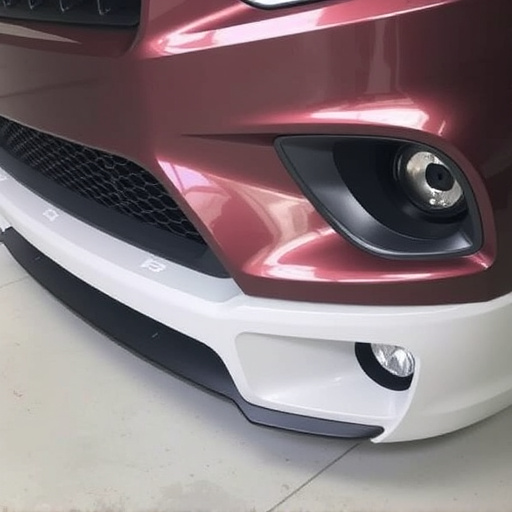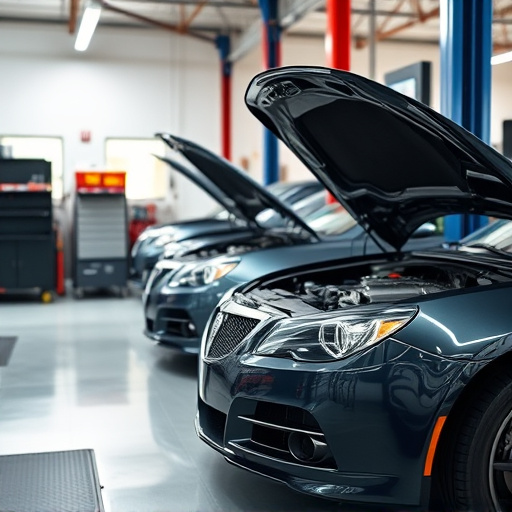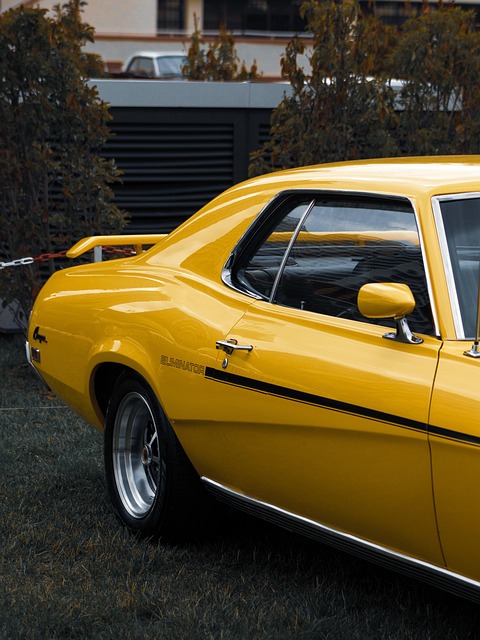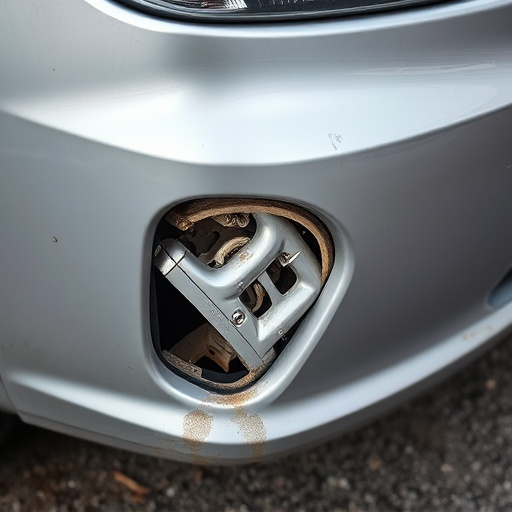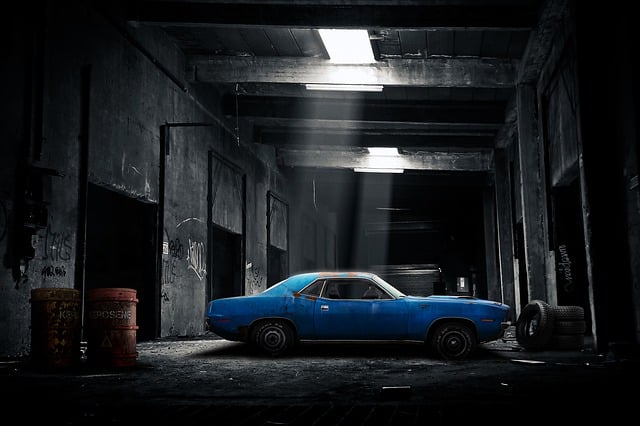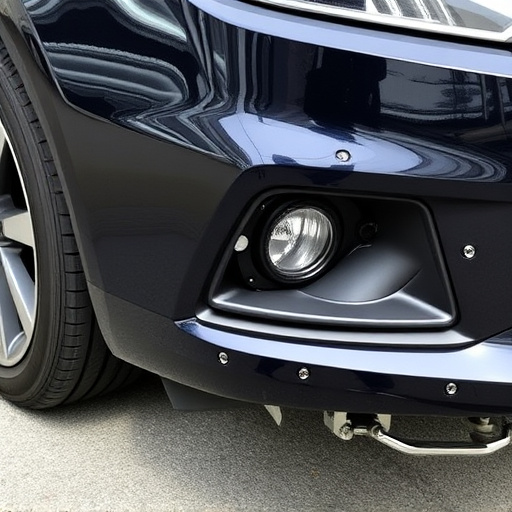Headlight restoration services are an eco-friendly and cost-effective solution for drivers, extending the lifespan of headlights, reducing electronic waste, and minimizing energy consumption compared to traditional methods. By restoring instead of replacing cloudy or damaged headlights, these services contribute to sustainability, conserve resources, and align with green initiatives in the automotive industry. Opting for restoration promotes a circular economy model, reduces carbon emissions, and encourages a cultural shift towards longevity and repairability of automotive components.
Headlight restoration services aren’t just about enhancing visibility—they play a significant role in environmental sustainability. By extending the lifespan of car headlights, these services reduce auto waste, cutting down on the demand for new parts and minimizing landfill contributions. The restoration process itself is energy-efficient, further lowering environmental impact. Moreover, it promotes a circular economy by repurposing and refurbishing existing components, aligning with sustainable practices crucial for our planet’s future.
- Reducing Auto Waste: A Key Benefit of Headlight Restoration
- Energy Efficiency and Environmental Impact: The Restoration Process
- Promoting a Circular Economy: Long-Term Sustainability through Headlight Restoration Services
Reducing Auto Waste: A Key Benefit of Headlight Restoration

Headlight restoration services play a crucial role in supporting environmental sustainability by significantly reducing auto waste. Many vehicles reach the end of their useful lives due to damaged or cloudy headlights, which can be easily restored instead of replaced. This process extends the lifespan of automotive components, decreasing the demand for new headlight units and related parts. As a result, it reduces the amount of waste generated from manufacturing and discarding old car parts, contributing to a greener environment.
Moreover, by opting for a headlight restoration service rather than outright replacing them, drivers can save money on costly auto repairs. This economic benefit aligns with environmental sustainability goals as it encourages responsible consumption and minimizes the strain on natural resources required for new car manufacturing processes, including collision center services for car dent repair or extensive auto painting jobs.
Energy Efficiency and Environmental Impact: The Restoration Process

A headlight restoration service plays a significant role in promoting environmental sustainability by addressing an often-overlooked aspect of vehicle care: energy efficiency and environmental impact. The process involves meticulous restoration techniques that not only revive dimmed or clouded headlights but also reduce the need for frequent replacements. By extending the lifespan of automotive lighting components, this service contributes to minimizing electronic waste, a growing concern in our digital age.
Moreover, the restoration process is designed to be eco-friendly. Modern headlight restoration techniques, often involving specialized chemicals and polishing tools, help remove minor scratches and deposits without damaging the vehicle’s paint or clear coat. This method, unlike traditional sandblasting or aggressive polishing, reduces energy consumption and the emission of harmful substances. In effect, it encourages a more sustainable approach to vehicle maintenance, aligning with the growing demand for green solutions in various industries, including automotive care, where the focus is shifting towards sustainable practices, much like those seen in popular car bodywork services that offer paintless dent repair and other eco-conscious options.
Promoting a Circular Economy: Long-Term Sustainability through Headlight Restoration Services
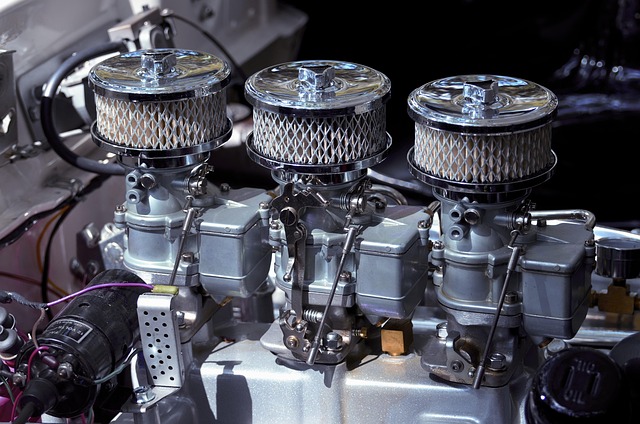
A headlight restoration service plays a crucial role in promoting a circular economy and contributing to long-term environmental sustainability. This process involves rejuvenating and repairing headlights that have become clouded or damaged over time, extending their useful life. By opting for restoration instead of immediate replacement, individuals reduce waste generated from discarded automotive parts, which is a significant step towards minimizing environmental impact.
Automotive collision repair shops offering headlight restoration services contribute to a broader goal of reducing the demand for new headlights. This not only conserves resources required in the manufacturing process but also diminishes the carbon footprint associated with production and transportation of automotive components. Moreover, these services encourage a culture of sustainability within the automotive industry, fostering a mindset shift from a linear to a circular economy model, where products are designed for longevity, repairability, and eventual recycling or reuse.
Headlight restoration services play a significant role in promoting environmental sustainability by reducing auto waste, enhancing energy efficiency, and fostering a circular economy. By restoring headlights instead of replacing them, these services significantly decrease the demand for new components, thereby minimizing the environmental impact associated with manufacturing and disposal. This approach not only conserves resources but also reduces the carbon footprint of the automotive industry, making it an essential contribution to a greener future.
